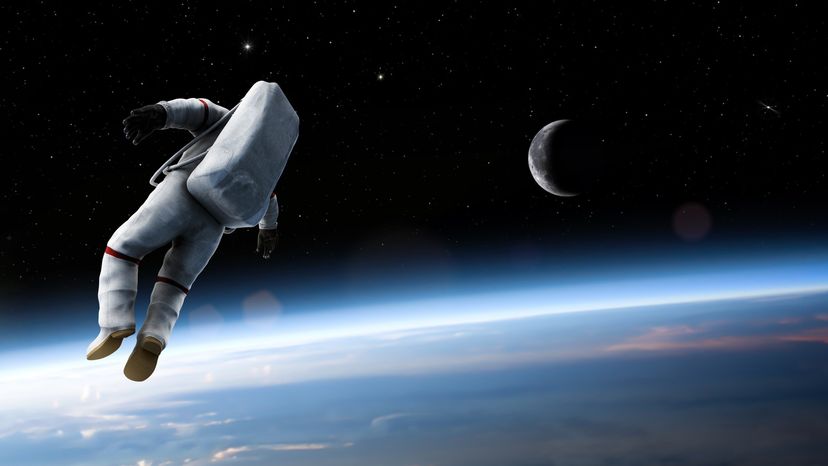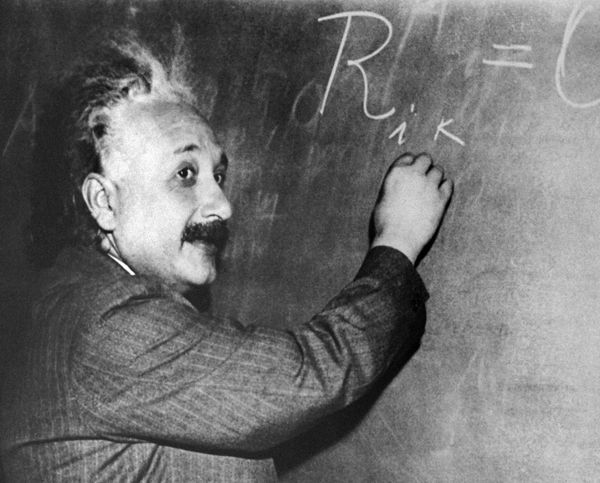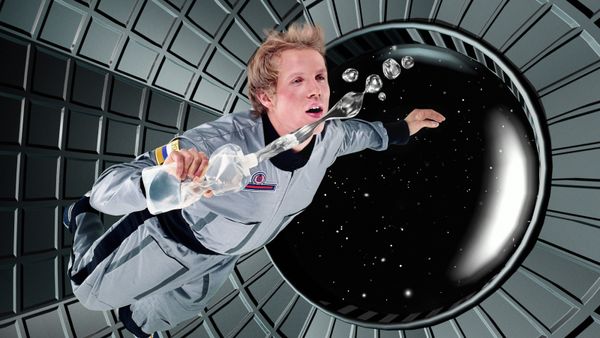In the 1600s, an English physicist and mathematician named Isaac Newton was sitting under an apple tree — or so the legend tells us. Apparently, an apple fell on his head, and he started wondering why the apple was attracted to the ground in the first place.
Newton publicized his Theory of Universal Gravitation in the 1680s. It basically set forth the idea that gravity is a predictable force that acts on all matter in the universe, and is a function of both mass and distance. The theory states that each particle of matter attracts every other particle (for instance, the particles of "Earth" and the particles of "you") with a force that is directly proportional to the product of their masses and inversely proportional to the square of the distance between them.
So the farther apart the particles are, and/or the less massive the particles, the less the gravitational force.
The standard formula for the law of gravitation goes [source: UT]:
Gravitational force = (G x m1 x m2) / (d2)
where G is the gravitational constant, m1 and m2 are the masses of the two objects for which you are calculating the force, and d is the distance between the centers of gravity of the two masses.
G has the value of 6.67 x 10-8 dyne * cm2/gm2. So if you put two 1-gram objects 1 centimeter apart from one another, they will attract each other with the force of 6.67 x 10-8 dyne. A dyne is equal to about 0.001 gram weight, meaning that if you have a dyne of force available, it can lift 0.001 grams in Earth's gravitational field. So 6.67 x 10-8 dyne is a miniscule force.
When you deal with massive bodies like the Earth, however, which has a mass of 6 x 1024 kilograms (see How much does planet Earth weigh?), it adds up to a rather powerful gravitational force. That's why you're not floating around in space right now.
The force of gravity acting on an object is also that object's weight. When you step on a scale, the scale reads how much gravity is acting on your body. The formula to determine weight is [source: Kurtus]:
weight = m x g
where m is an object's mass, and g is the acceleration due to gravity. Acceleration due to gravity on Earth, is 9.8 m/s² — it never changes, regardless of an object's mass. That's why if you were to drop a pebble, a book and a couch off a roof, they'd hit the ground at the same time (unless the roof is really high, in which case terminal velocity comes into play).
For hundreds of years, Newton's theory of gravity pretty much stood alone in the scientific community. That changed in the early 1900s.




